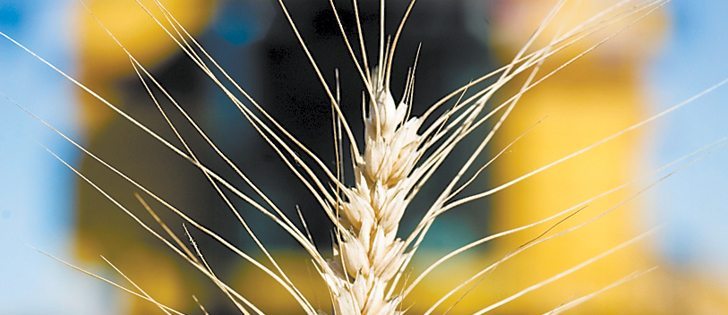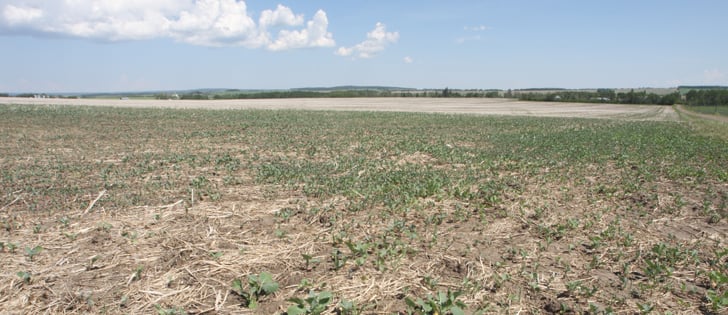The Brandon Wheat Kings junior hockey team may want to consider a name change now that hard red spring wheat has become the third string crop in Manitoba.
For the first time since records have been kept, hard red spring wheat is not No. 1 or No. 2 in crop acreage in the province.
Manitoba Agricultural Services Corp., the provincial crop insurer, projects that the province has 2.144 million acres of hard red spring wheat this year, which is 153,000 acres fewer than the 2.298 million seeded acres of soybeans.
Read Also

Critical growing season is ahead for soybeans
What the weather turns out to be in the United States is going to have a significant impact on Canadian producers’ prices
The MASC numbers are the most reliable acreage figures for the province because Statistics Canada acreage estimates are based on farmer surveys.
MASC had recorded 97 percent of its crop insurance files as of July 12, so its projected acres for 2017 are slightly higher than actual data.
Canola is still the top dog in Manitoba — acres are almost unchanged from 2016. MASC projects acres of 3.172 million, compared to 3.175 million last year.
Canola held onto acres despite soybean’s massive gains, which jumped 652,084 acres in one year.
Grain corn will also set a record — MASC projects an acreage of 400,035. Soybeans and grain corn occupy a total of 2.7 million acres in Manitoba this year, more than triple what was planted in 2011.
The acreage shift and dominance of canola, soybeans and corn was evident on a mid-July drive between Carman and Brandon.
The three crops covered nearly every field along Highway 2. The number of wheat crops could be counted on the fingers of two hands.
Doug Wilcox, MASC’s research administration manager, said soybeans have surpassed hard red spring wheat acres but total wheat acres, including other classes of spring wheat and winter wheat, are still higher than beans.
Oats have also increased significantly, posting a 32 percent increase to 461,804 acres from 350,537 last year.
A long list of crops lost acres to soybeans, including barley, fall rye, field peas and sunflowers. Flax area in the province was the smallest ever recorded, while hempseed area doubled.


















